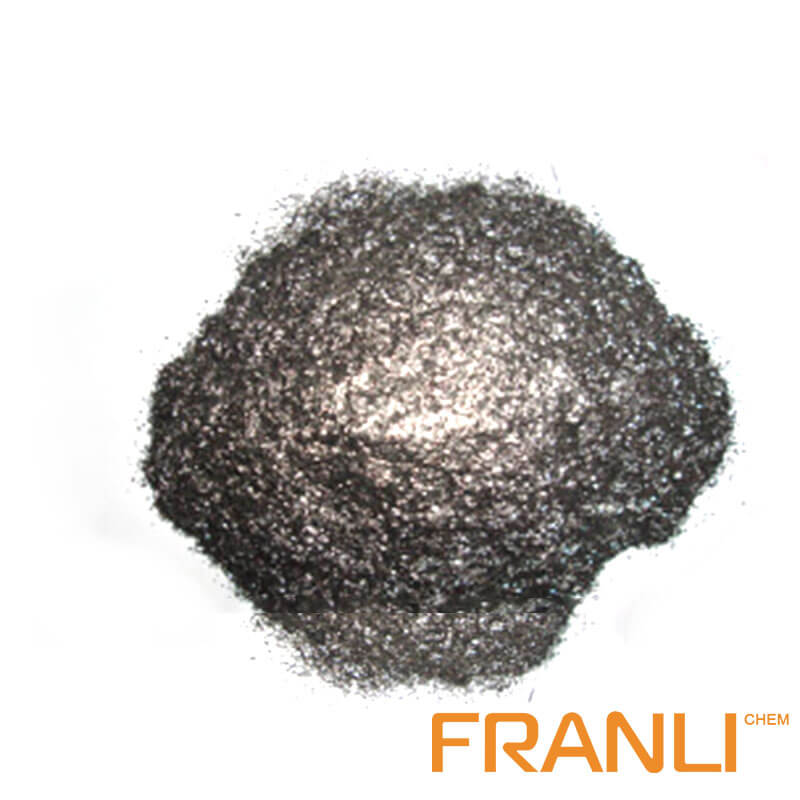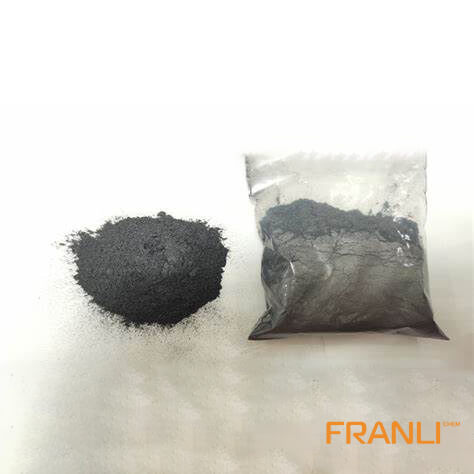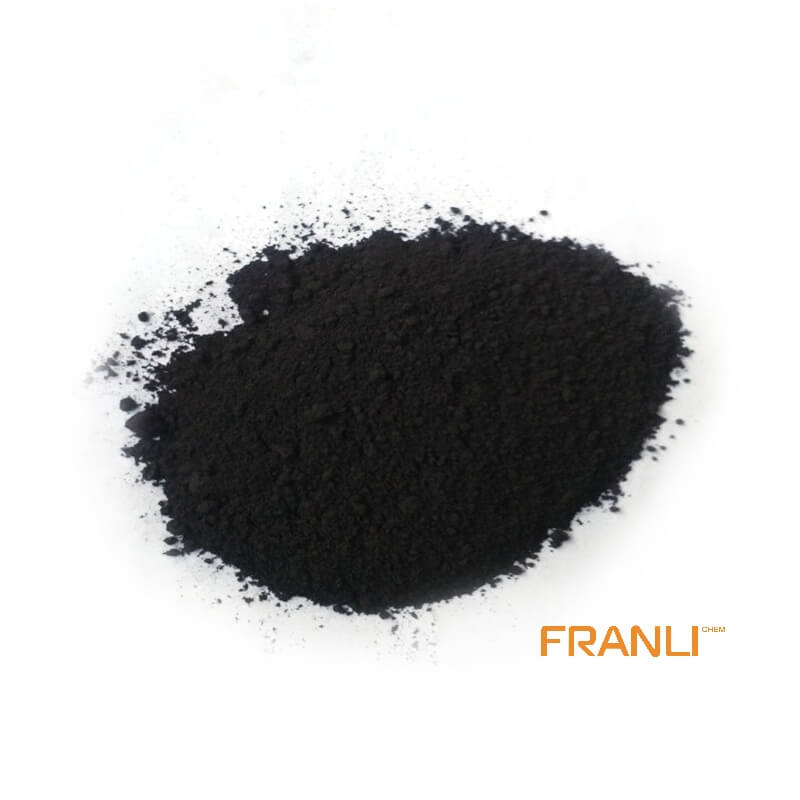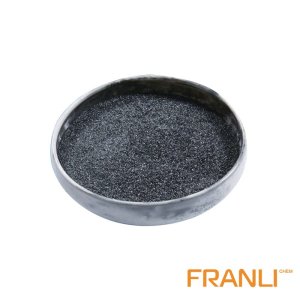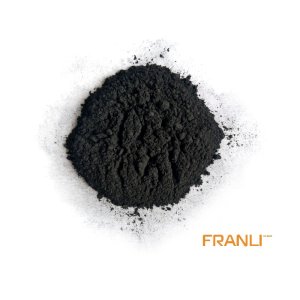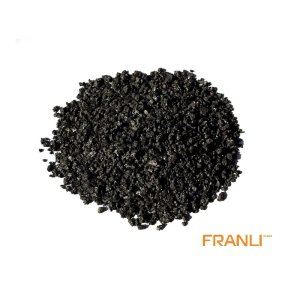Derived from natural graphite deposits, flake graphite is a crystalline form of carbon that exhibits a unique layered structure, offering a combination of thermal conductivity, electrical conductivity, chemical resistance, and lubricity that make it an indispensable material in various industries. Flake graphite, also known as crystalline flake graphite or natural flake graphite, is a naturally occurring form of graphite that belongs to the hexagonal crystal system. Its unique structure consists of layers of carbon atoms arranged in a hexagonal pattern, with strong covalent bonds within each layer and weak van der Waals forces between the layers. This layered structure gives flake graphite its distinctive properties and makes it an excellent choice for a wide range of applications.
Properties of Flake Graphite
– Thermal Conductivity: Flake graphite exhibits excellent thermal conductivity, making it an ideal material for heat dissipation applications, such as in heat sinks and thermal management solutions.
– Electrical Conductivity: The delocalized electrons in the layered structure of flake graphite contribute to its high electrical conductivity, making it suitable for use in electrical components and conductive coatings.
– Chemical Resistance: Flake graphite is highly resistant to chemical attack, making it suitable for use in harsh environments and in applications involving corrosive substances.
– Lubricity: The layered structure of flake graphite allows for easy sliding between the layers, providing excellent lubrication properties and making it a valuable solid lubricant.
– Thermal Stability: Flake graphite can withstand high temperatures without degradation, making it suitable for use in high-temperature applications, such as refractory materials and high-temperature lubricants.
Classifications of Flake Graphite
Flake graphite can be classified based on various factors, including particle size, carbon content, and purity:
– Particle Size: Flake graphite is typically classified as coarse flake (>150 microns), medium flake (75-150 microns), or fine flake (<75 microns).
– Carbon Content: Based on the fixed carbon content, flake graphite can be categorized as high-purity (>99.9% carbon), high-carbon (94-99% carbon), medium-carbon (80-94% carbon), or low-carbon (50-80% carbon).
– Purity: Flake graphite can also be classified based on its purity level, which is determined by the presence of impurities such as silica, iron oxides, and other minerals.
Production of Flake Graphite
Flake graphite is primarily obtained from natural graphite deposits through a series of mining, processing, and purification steps. The production process involves the following key stages:
1. Mining
Flake graphite is typically mined from open-pit or underground mines using conventional mining techniques. The mined graphite ore is then transported to processing facilities for further treatment.
2. Crushing and Grinding
The mined graphite ore is subjected to crushing and grinding processes to reduce the particle size and liberate the graphite flakes from the surrounding rock matrix.
3. Flotation and Separation
The crushed and ground ore undergo flotation, a process that separates the graphite flakes from the gangue minerals (unwanted minerals) based on their differences in surface properties. This step produces a graphite concentrate with a higher graphite content.
4. Purification
Depending on the desired purity level and end-use application, the graphite concentrate may undergo various purification processes to remove impurities. Common purification methods include:
– Acid Leaching: Treating the concentrate with acids, such as hydrofluoric acid or a combination of acids, to dissolve and remove impurities like silica and metal oxides.
– Thermal Purification: Heating the concentrate to high temperatures (above 2500°C) in an inert atmosphere to volatilize and remove impurities, resulting in high-purity graphite.
– Flotation Upgrading: Additional flotation steps to further concentrate and purify the graphite flakes.
5. Sizing and Classification
After purification, the graphite flakes are sized and classified according to particle size and carbon content, using techniques such as air classification, screening, and centrifugal separation.
6. Packaging and Distribution
The classified flake graphite is packaged and distributed to various industries for use in a wide range of applications.
Applications of Flake Graphite
Flake graphite’s unique properties make it an invaluable material in numerous industries and applications. Here are some of the key areas where flake graphite plays a crucial role:
1. Refractory Materials
Flake graphite is a key component in the production of refractory materials used in high-temperature applications, such as furnace linings, crucibles, and ladles in the metallurgical industry. Its excellent thermal conductivity and resistance to high temperatures make it an ideal choice for these applications.
2. Lubricants and Coatings
The lubricating properties of flake graphite make it a valuable additive in lubricants, greases, and coatings. It is used in automotive and industrial lubricants, as well as in coatings for molds, bearings, and other applications requiring lubrication and wear resistance.
3. Batteries and Energy Storage
Flake graphite is a crucial component in the production of anodes for lithium-ion batteries and other energy storage devices. Its high electrical conductivity and layered structure make it an ideal material for these applications, contributing to improved battery performance and energy density.
4. Conductive Coatings and Composites
The electrical conductivity of flake graphite makes it a valuable additive in conductive coatings and composites used in various industries, such as electronics, aerospace, and automotive. These materials are used in applications like electromagnetic shielding, static dissipation, and conductive adhesives.
5. Pencil Manufacturing
Flake graphite has been traditionally used in the production of pencil leads, taking advantage of its lubricating properties and ability to leave a dark, consistent mark on paper.
6. Friction Materials
The lubricating and thermal properties of flake graphite make it a valuable component in friction materials used in brake linings, clutch facings, and other applications requiring controlled friction and heat dissipation.
7. Gaskets and Seals
Flake graphite is used in the production of gaskets and seals due to its chemical resistance, thermal stability, and ability to maintain its properties under high temperatures and pressures.
